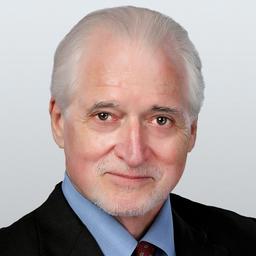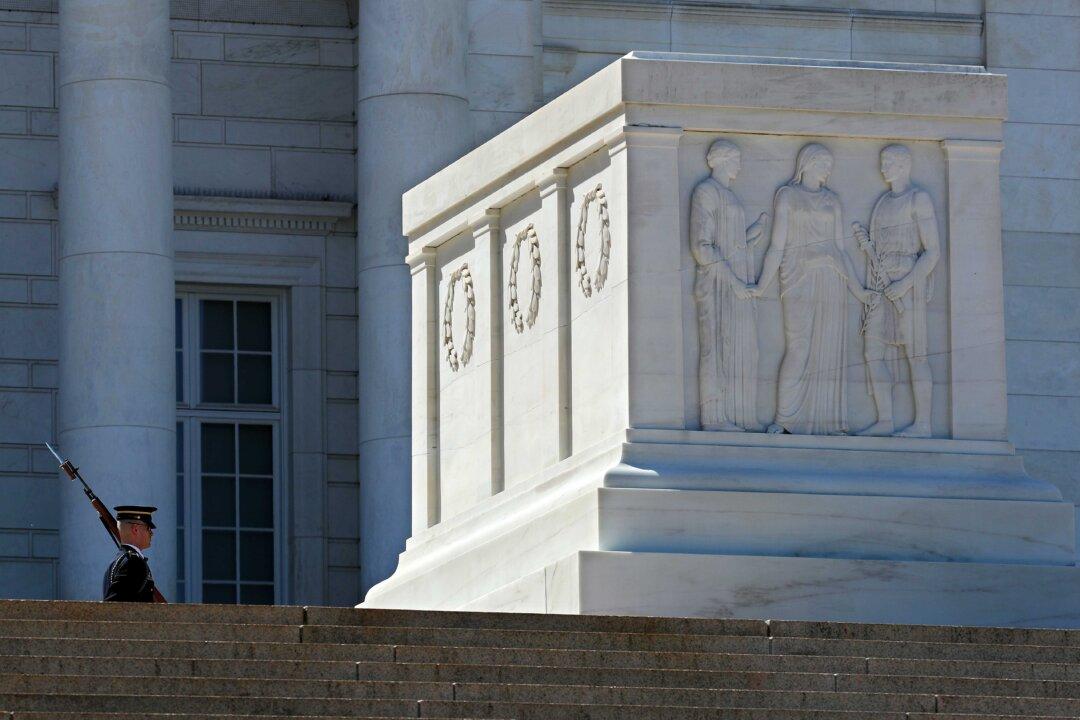The following is adapted from an online presentation recorded at Hillsdale College on Oct. 18, 2022.
On the mezzanine floor of the Parker House Hotel in Boston hangs a mirror, still today. In the late fall of 1867, this mirror hung in the apartment at the hotel occupied by the great English novelist Charles Dickens, and he spent hours studying himself in it as he practiced for what would become immensely popular readings of his classic story, “A Christmas Carol,” which had been circulating in America for 25 years. Dickens gave his first public performance, with great success, on Dec. 2, 1867, at the Tremont Temple in Boston. This was the same temple at which Frederick Douglass and thousands of others had waited for word of Lincoln’s Emancipation Proclamation just a few years earlier, in the midst of the Civil War.


